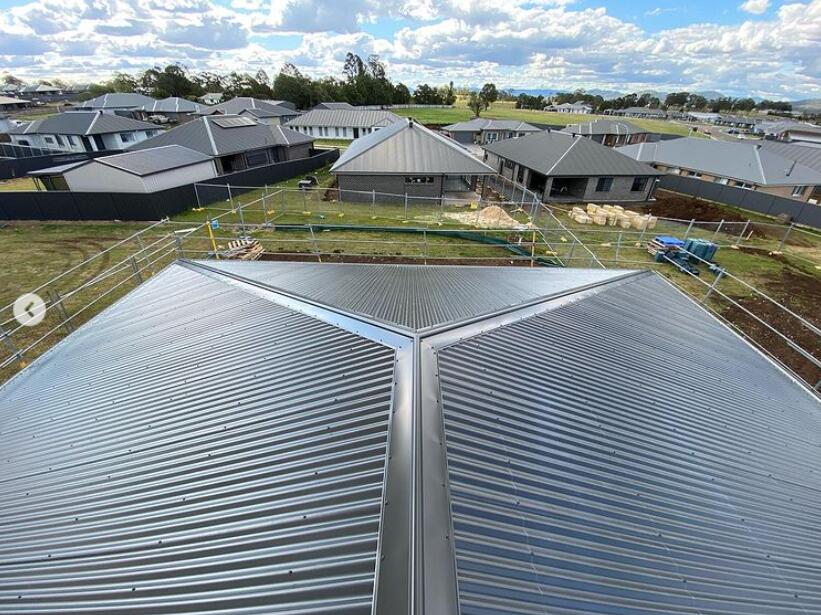Efficient Production of Roof and Wall Panel Roll Forming Equipment
The Evolution and Importance of Roof and Wall Panel Roll Forming Machines
In the construction industry, the need for efficiency and durability is paramount. One of the significant innovations that have revolutionized the way we approach building materials is the roof and wall panel roll forming machine. This technology not only enhances productivity but also contributes to the superior quality and longevity of construction materials.
What is a Roof and Wall Panel Roll Forming Machine?
A roof and wall panel roll forming machine is a specialized piece of equipment designed to manufacture metal panels for roofing and wall applications. The process involves feeding metal sheets into the machine, which then shapes the material into predetermined profiles using a series of rollers. The resulting panels are used in various applications, from residential buildings to large industrial facilities.
The Process of Roll Forming
The roll forming process begins with the selection of raw materials, typically steel or aluminum coils. These coils are unwound and fed into the machine. As the material passes through the series of rollers, it undergoes continuous bending and shaping until it reaches the desired profile. The precise and uniform shapes produced by these machines are critical in ensuring the structural integrity and aesthetic appeal of the buildings.
After the shaping process is complete, panels can be cut to length, ensuring they meet specific project requirements
. This precision in manufacturing allows for a reduced amount of waste, making roll forming an environmentally friendly option when compared with traditional manufacturing methods.Advantages of Using Roll Forming Machines
roof and wall panel roll forming machine

1. Efficiency and Speed One of the most significant advantages of roll forming machines is their ability to produce a large volume of panels in a short time. This high throughput not only speeds up the construction process but also helps in meeting tight project deadlines.
2. Cost-Effectiveness Although the initial investment in a roll forming machine can be substantial, the long-term savings on labor and material costs make it a worthwhile investment. Reduced waste and high-quality output lead to lower overall expenses.
3. Customization Modern roll forming machines are highly adaptable. Manufacturers can easily change the roller configuration to produce panels of various shapes and sizes, catering to specific architectural needs and client preferences.
4. Durability and Strength Panels produced through roll forming are known for their superior strength and resistance to environmental factors. By using high-quality materials and precise manufacturing processes, these panels can withstand harsh weather conditions, making them ideal for roofing and wall applications.
5. Aesthetic Appeal Roll forming machines can create panels with intricate designs and finishes, allowing architects and builders to achieve the desired look for their projects. Whether it’s a sleek modern warehouse or a traditional home, the versatility of roll formed panels ensures that aesthetic goals can be met.
Conclusion
The roof and wall panel roll forming machine represents a significant advancement in the construction industry, providing solutions that align with contemporary demands for efficiency, sustainability, and design versatility. As technology continues to evolve, we can expect further enhancements in the capabilities of these machines, paving the way for even more innovative building solutions. In the fast-paced world of construction, having reliable and efficient equipment is not just a luxury; it is a necessity that shapes the future of building practices.
-
Roof Panel Machines: Buying Guide, Types, and PricingNewsJul.04, 2025
-
Purlin Machines: Types, Features, and Pricing GuideNewsJul.04, 2025
-
Metal Embossing Machines: Types, Applications, and Buying GuideNewsJul.04, 2025
-
Gutter Machines: Features, Types, and Cost BreakdownNewsJul.04, 2025
-
Cut to Length Line: Overview, Equipment, and Buying GuideNewsJul.04, 2025
-
Auto Stacker: Features, Applications, and Cost BreakdownNewsJul.04, 2025
-
Top Drywall Profile Machine Models for SaleNewsJun.05, 2025








